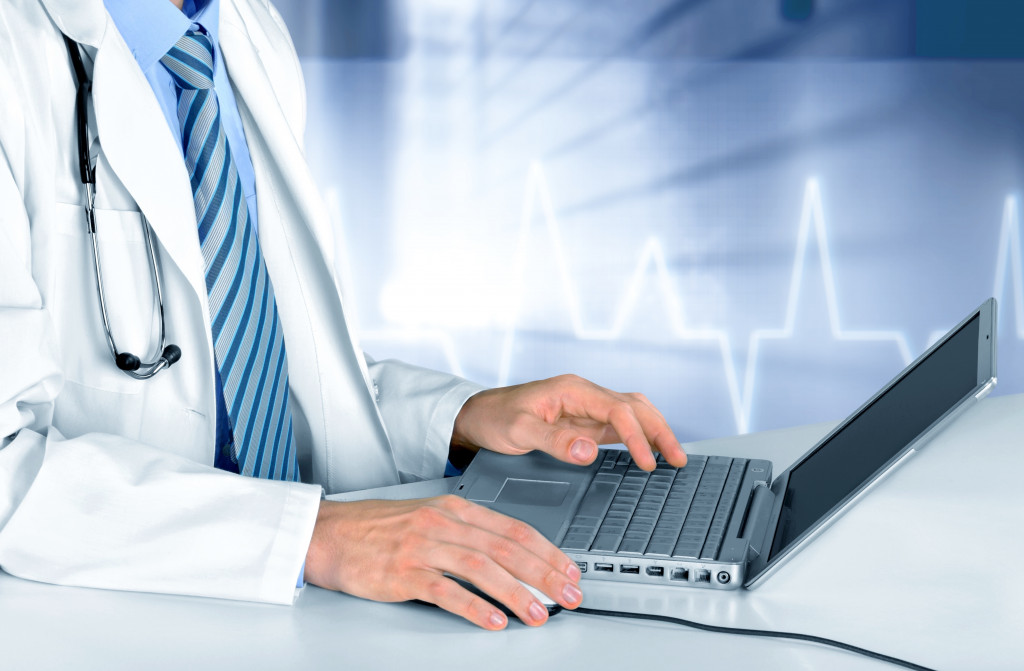Chronic Heart Disease (CHD) or Ischemic heart disease is still the leading cause of death globally. In the United States alone, one out of four Americans dies from cardiovascular disease every half a minute. Some of the risk factors which lead to CHD are lack of exercise, obesity, excessive drinking, and diabetes. Unfortunately, millions of asymptomatic patients without any history of cardiovascular disease are also at risk, and they need medical attention, as well.
Technology has made it possible for at-risk patients to manage their diseases, thanks to telehealth. Physicians can now diagnose their patients and prescribe medications remotely. Here’s how telehealth can help revolutionize and change the field of medicine.
Reaching Out to Patients
More than half of Americans today own mobile phones or smart devices. Most people download different health apps to monitor their health. SleepCycle and Waterlogged are examples of these mobile apps. Companies like Julota also show how telehealth could address patient care in out-of-hospital communities.
Another benefit of telehealth is the reduced cost of hospital and clinical visits. Patients can communicate with their physicians through their smart devices. Doctors, on the other hand, can easily monitor their patient’s health through apps or devices 24/7. This could help reduce hospital admissions and patient mortality rates.
Different Categories of Telehealth

Telehealth has many branches that cater to different health concerns. Below are the significant telehealth categories:
- mHealth – Also known as mobile health, mHealth is used by physicians to monitor their patient’s health and encourage them to follow their advice. There are specialized mobile apps that monitor a patient’s blood glucose level (for diabetics), oxygen levels (for COPD), blood pressure (for hypertension), and water intake. The data gathered by these apps are automatically added to the patient’s digital health records, which the doctor can review in real-time.
- Store-and-Forward – It’s a category of telehealth where a patient’s records are sent via email or other electronic means. This benefits small clinics and rural hospitals where there are no specialists available. Through an asynchronous video, doctors can consult with specialists on their patient’s behalf. It bridges the gap and gives the right diagnosis and medical procedures to those in dire need.
- Remote Patient Monitoring – This category of telehealth focuses on patient aftercare and seniors who need constant monitoring. Patients who have debilitating diseases, such as cancer, and are recovering from surgery can benefit from remote monitoring. Doctors can also monitor elderly patients who have dementia and Alzheimer’s disease to keep them safe at all times.
Physical rehabilitation, mental health monitoring, deployment of medical personnel in emergency cases are the other categories of telehealth. No need for patients to travel far distances just to see their doctors and receive the prescription or treatment they need.
The benefits of telehealth are endless. Physicians from around the world can easily consult with each other to find the right treatment for their patients. People who live in far-flung communities can be served by local nurses and diagnosed by the best doctors remotely. As technology continues to evolve, so will telehealth and its other branches.